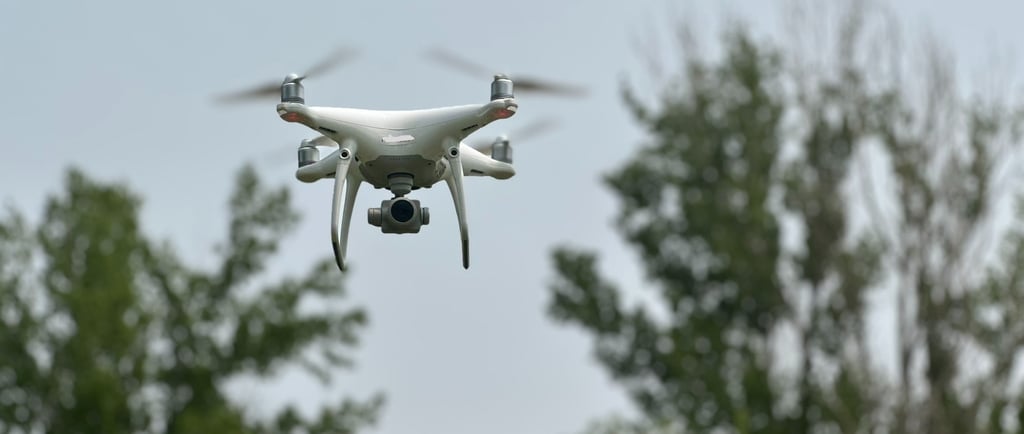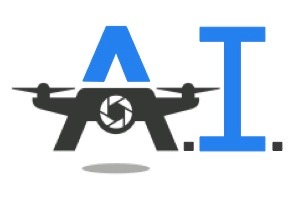Rules for take-off and landing.
Following simple rules can increase safety.


As a drone pilot you should create systems in your daily operation to ensure safe flight. If you practice these simple rules every time that you take flight you will lower your chances of a costly mistake that could damage your equipment or potentially harm someone. As a drone operator I personally want to reduce my odds of an expensive mistake.
The first rule of take-off is to check the airspace. Are you in an area of controlled airspace that requires FAA authorization to take off? If the answer is yes, you need to determine if a simple LAANC request is all that is required to take flight. If not, you may need to obtain a waiver before you can legally fly your aircraft. Also, make sure that you check for any TFRs or temporary flight restrictions that may apply.
Is the weather optimal to allow for a safe flight? Always check the forecast to make sure that you can safely operate your drone before even leaving the office. Winds aloft are not always the same as they are on the surface. Don't forget to check the Kp index at this time because the last thing any drone pilot wants to encounter is a fly away due to magnetic interference.
Check your equipment to make sure it is charged. This includes the drone remote, extra drone batteries, tablet or phone monitor, additional cameras, gcp/survey equipment.
On the site look around and determine the tallest object in the vicinity as it may become a potential obstacle. Also, determine a safe place for an emergency landing prior to take off. This will help you better navigate the situation in the event of an emergency landing when time is of the essence.
Inspect your drone visually to ensure that there is not any wear and tear that could interfere with the flight. This includes the props, battery, camera and remote antennae's.
Perform a compass calibration. This will help reduce the risk of a fly away.
During take-off always take-off into the wind and make sure to perform a battery voltage test. If your voltage drops below 3.6V during the test change your battery as it is not safe to use.
Check your MOCHA (Minimum, Obstacle, Clearance, Altitude) and set your return to home appropriately.
When landing remember to land into the wind and always land so you and the drone have the same orientation. This helps minimize the risk of crashing the drone because the stick controls will not be counter intuitive.
If you are a drone operator that makes a habit of following these simple rules, you will minimize your risk of making and expensive mistake.

